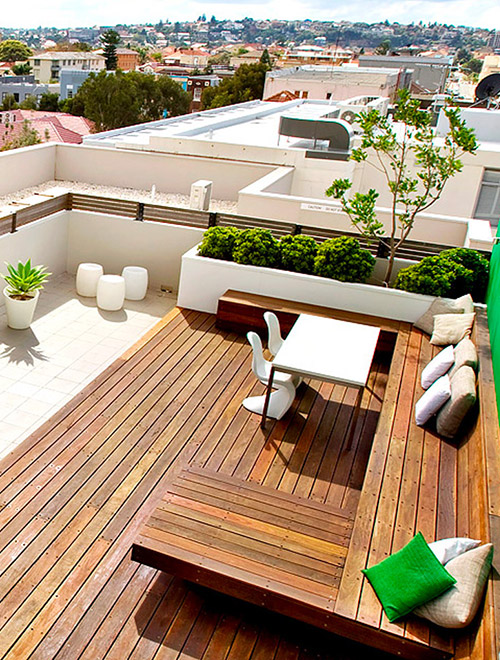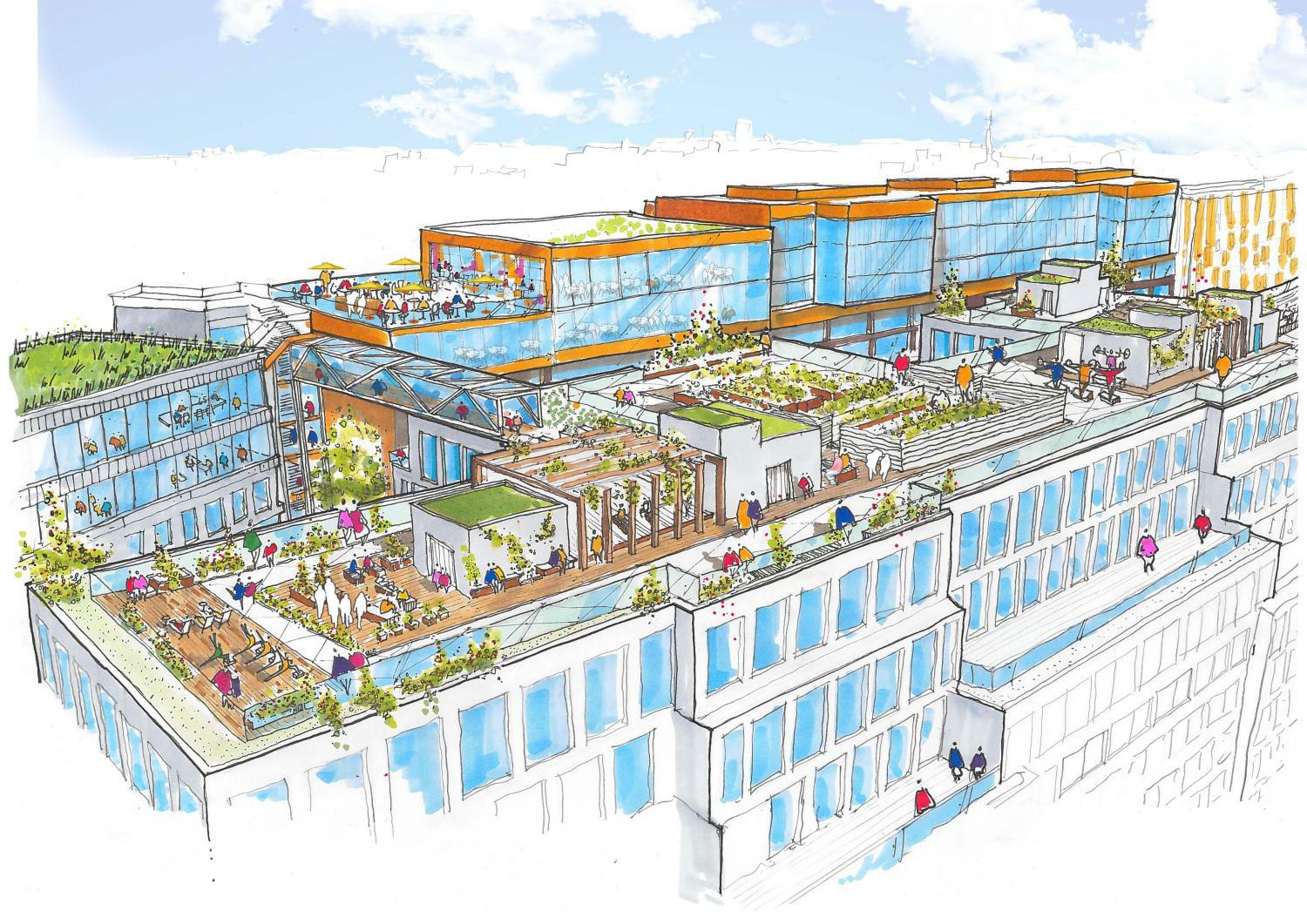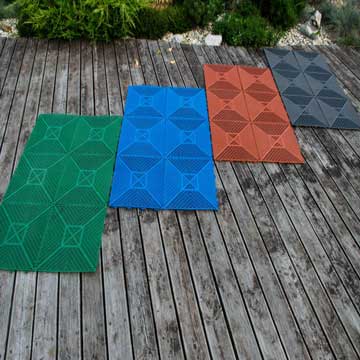Urban Eden: Rooftop Garden Inspirations

Urban Eden: Rooftop Garden Inspirations
Amidst the urban landscape, rooftop gardens emerge as inspiring havens that seamlessly blend nature with city living. Explore the beauty and possibilities of rooftop garden inspirations, transforming elevated spaces into flourishing landscapes that captivate the senses.
The Rise of Rooftop Greenery: A Growing Trend
Rooftop gardens have become a growing trend in urban design, offering a solution to limited green space. This upward movement transforms neglected rooftops into lush gardens, providing residents with a retreat from the concrete jungle. The rise of rooftop greenery is not merely aesthetic; it’s a response to the increasing need for sustainable and harmonious urban environments.
Designing Vertical Oases: Creative Landscaping Ideas
Rooftop garden inspirations encompass a range of creative landscaping ideas. From vibrant flower beds and container gardens to vertical plant walls, the design possibilities are vast. These vertical oases showcase the ingenuity of landscape architects and residents alike, transforming barren rooftops into thriving green landscapes.
Functional Beauty: Dual-Purpose Rooftop Gardens
Beyond their aesthetic appeal, rooftop gardens often serve dual purposes, adding functionality to urban spaces. Vegetable gardens, herb plots, and fruit trees contribute to sustainable living, allowing residents to cultivate their produce. This functional beauty not only enhances the visual allure but also promotes self-sufficiency and a connection to nature.
Elevated Outdoor Living: Rooftop Garden Retreats
Rooftop garden inspirations extend outdoor living to new heights, creating rooftop retreats for relaxation and recreation. Whether it’s a cozy lounge area surrounded by greenery or a pergola-shaded dining space with panoramic views, these elevated gardens redefine the concept of outdoor living. Residents can escape the urban hustle without leaving their homes.
Environmental Benefits: Rooftop Gardens as Green Solutions
Rooftop gardens play a vital role in environmental sustainability. They act as green solutions by mitigating heat island effects, improving air quality, and reducing energy consumption. These ecological benefits contribute to a healthier and more sustainable urban ecosystem, making rooftop gardens integral components of modern city planning.
Biodiversity in the Sky: Rooftop Habitats
Rooftop garden inspirations go beyond plant aesthetics, fostering biodiversity in the sky. By creating habitats for birds, insects, and pollinators, these elevated gardens contribute to urban biodiversity. The harmonious coexistence of flora and fauna adds an ecological dimension to rooftop landscapes, creating mini-ecosystems high above the city streets.
Water-Wise Rooftop Gardens: Sustainable Irrigation Practices
Sustainability extends to the way rooftop gardens are irrigated. Water-wise practices, such as rainwater harvesting and efficient irrigation systems, ensure that rooftop gardens thrive without placing a strain on water resources. These sustainable approaches make rooftop gardens not only visually appealing but also environmentally responsible.
Community Green Spaces: Connecting Residents
Rooftop garden inspirations often serve as community green spaces, bringing residents together. Shared rooftop gardens foster a sense of community, where neighbors can collaborate in gardening activities, share the harvest, and socialize in a verdant setting. These shared spaces strengthen social bonds and contribute to a sense of collective responsibility for the environment.
DIY Rooftop Gardening: Empowering Residents
Many rooftop garden inspirations involve do-it-yourself (DIY) initiatives, empowering residents to take an active role in creating and maintaining their rooftop gardens. DIY projects range from small container gardens to more elaborate green installations. This hands-on approach not only enhances personal connection to the space but also encourages a culture of active participation in urban greening.
To explore Rooftop Garden Inspirations and embark on your journey to creating an urban oasis, visit Rooftop Garden Inspirations. Discover the endless possibilities of transforming your rooftop into a flourishing haven, where nature and urban living coalesce in a harmonious blend.





